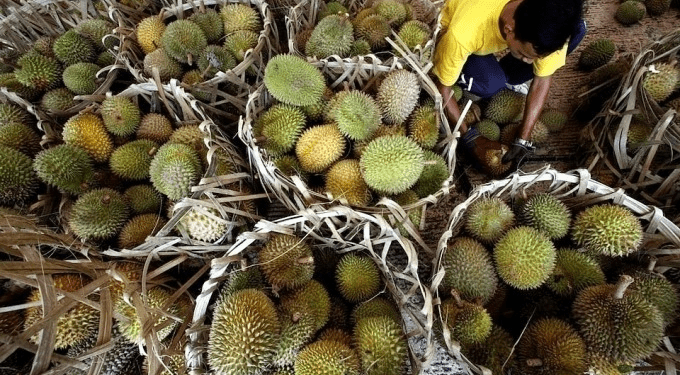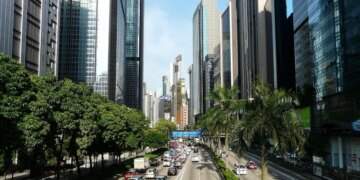The institute is testing a number of promising durian hybrids that may lead to new clones, said Datuk Dr. Mohamad Zabawi Abdul Ghani, Mardi’s director-general.
“We’re assessing their suitability for planting in different locations. Apart from Mardi Kuala Kangsar, we’re also developing hybrids at Mardi Jerangau in Terengganu,” he said at an event on Saturday, as quoted by national news agency Bernama.
Mohamad Zabawi noted that the official names and identification codes of the new durians are still in the works and will be revealed once they are launched.
Mardi is also looking to rebrand another promising variety that it developed, the MRDI Super 88 (MS88). MS88 is a cross between D10 and D24 durians and is regarded by the institute as a strong contender for export markets.
“It is golden yellow, slightly sticky and creamy with a flavor that many compare favorably to Musang King,” Mardi previously noted.
To date, about 13,000 MS88 trees have been planted nationwide under the institute’s supervision. Many of them have reached two to three years of age and will likely be suitable for broader commercial distribution in five to six years.
Malaysia boasts over 200 types of durian, each with its own unique flavor. While Musang King has long reigned as the country’s most popular name, newer contenders like the expensive Tupai King have started to gain ground in recent years. And there are even more lesser-known varieties, such as Hor Lor, Mas Hijau (also known as Green Gold), and D24 (Sultan), according to the Malay Mail.
“Consumers are becoming more adventurous. They are seeking out unique taste profiles,” Mardi said.
“We are also seeing renewed interest in older, established clones such as D24 and Tekka, which are more affordable and offer classic durian characteristics.”
In line with this growing curiosity, the Malaysian government is working to promote these varieties, as reported by The Star.
Datuk Nor Sam Alwi, director-general of the Department of Agriculture, said efforts are being made to spotlight Black Thorn, Red Prawn, and Hajah Hasmah on the global scene.
Changing weather
The push for more durian varieties faces a challenge as shifting weather patterns have disrupted durian harvests across Malaysia. The Straits Times reported.
“The weather used to be more predictable. We knew when in the year it would rain, but lately, it’s raining all the time. From last year till this year, the rain hasn’t stopped,” Chin Kuan Voon, who owns a 20.2-hectare orchard in Malaysia’s Johor state, told The Straits Times.
Meanwhile in Penang, a state famed for its durians, local media reported earlier this year that this harvest’s yields could drop by as much as 30% due to heavy rain and strong winds during the flowering stage. The season there may also end earlier than usual if rainy weather persists.
Yet the changing climate has also brought an unexpected benefit, an additional, smaller crop in January.
“Because the weather is becoming hotter and hotter, we can harvest durians in January as well. Durians can flower only in hot weather. In the past, say, five years ago, the durian season was only during July,” Chin said.
“But the weather patterns change every five years, so maybe in a few years, we’ll have durians all year round.”





